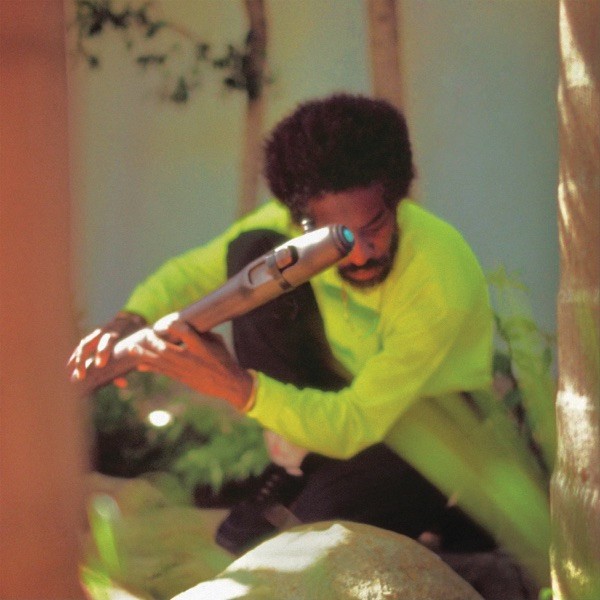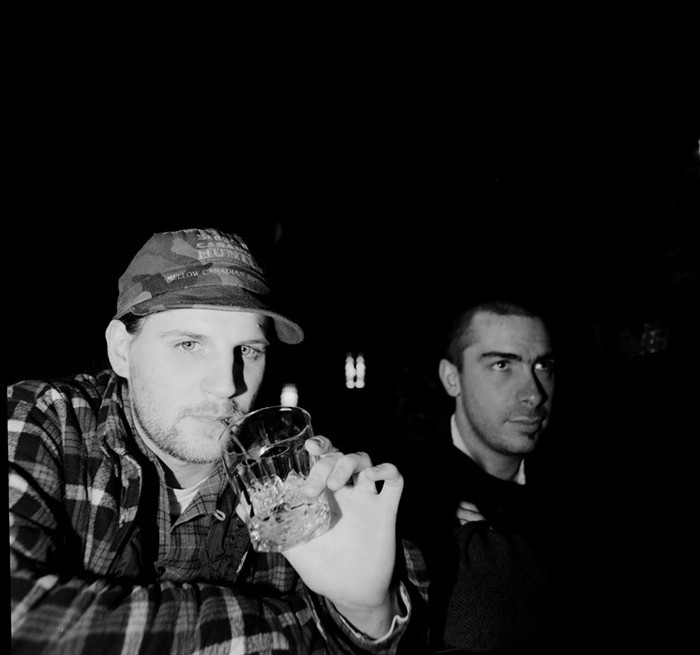
How much of what happens when you’re a kid happens only inside your head? I remember one time—was I 8 or 9?—playing alone, as I usually did, in our back yard, with my little plastic Romans and horses and knights. I had lined them up in the dirt like they were fighting. I bent down to move one closer and saw—it was evening and getting darker—I saw it move! By itself! Like it was alive! I do not remember what happened next.
The interior life of a child as it is, and as we remember it, are two very different things. We see our childhood backwards, us overlaid with the experiences, resentments, if only's, regrets we've lived with since. Colette, the great 20th-century French writer, knew this as much as anyone. Once she wrote: "If a child could tell about this childhood while he is passing through it, his true childhood, his account would perhaps be nothing more than one of intimate dramas and disappointments.”
She also wrote the libretto for what became Ravel’s astonishingly weird and wonderful opera, L'enfant et les sortilèges ("The Child and the Magic Spells"). Colette had been commissioned, in 1915 by Jacques Rouche, of the Paris Opera, to write a text for a "fantasy ballet." He needed something to compete with the scandal, copy, and revenue-enhancing work being done by Diaghilev and the Ballets Russes across town at the Théâtre du Châtelet. Colette was well known by then, for having written the then racy "Claudine" novels about the development of a child from innocent country school girl to (sometimes lesbian) sexual awakening. Colette herself was also notorious for having married a man, taken up with a female lover, and passionately kissing that female lover on stage, which caused a riot in the audience for which they had to call the cops.
Though Colette was able to, uncharacteristically, write this libretto quickly, in a little more than a week, Ravel’s part took much longer. In 1915, a year after Germany had invaded France, Ravel volunteered to be, like Gertrude Stein, an ambulance driver. In 1917 Ravel’s mother died, and this death, alongside the thousands of war deaths he knew of around him, sent him into a deep depression; he composed little and what he did compose was dedicated to friends who died in the war. He worked on “L’enfent” on and off for years; it premiered in Monte Carlo in 1925.
“L’enfent” is a boy (mezzo Michele Losier in shorts with suspenders, and a cap) who does not want to do his homework. When his mom insists, he sticks his tongue out at her. She leaves him alone in his room to work and he throws a fit. He pulls the cat’s tail and breaks stuff in the room. Today we would put him on Ritalin and make sure he never got hold of a long black trench coat. In Colette’s magical world, though, the things the boy has broken become alive and they begin to speak to him about what a putz he’s been. Decades before Disney made crockery sing, a Wedgewood teapot (always brilliant tenor-actor Jean-Paul Fouchecourt) and a china teacup (mezzo Delphine Haidan) sing to the boy (the china cup sings in Chinese—get it?) and even challenge him to box (as in Boxer Rebellion? that happened in China?). There are groaning but-in-a-good-way cross-language puns, and the music sounds faux Asian, but also moral lessons here: don’t break stuff.
The cat whose tail the boy has pulled comes around with a lady friend (baritone Alexandre Duhamal and mezzo Allyson McHardy) and the two of them whine, moan, and yowl a hilarious but also amazingly vocally controlled cat-in-heat love duet. Whether or not, as has been claimed, Ravel intended this as a parody of Wagner, it's delicious. Stage Director Anne Patterson has set the action of this duet in the upper left balcony (shades of Juliet to Romeo!). Like when you hear a pair of felines going at it way up in one of your neighbors' trees… It ends, brilliantly, with the female feline scratching the male's back.

Have I gotten this far in this review without telling you about the tremendous head gear? Who is Zane Pihlstrom and can we hire him to make costumes for our entire city? For our government in Washington? To show us who really we really are and—oh god—what we might become. These singers wear on their heads these massive sculptures, big white paper-seeming, mask-looking things, but not on their faces—on tops of their heads. Like not to conceal or to reveal, the way a traditional mask is meant to act, but to lift us above, to make us reach, like a shinto priest or the godhead coming out of a person's head in an illumination by Hildegard or the fruit-hat Carmen Miranda. These things are BEAUtiful. They made them white because stage designer and production designer Anne Patterson, who has synesthesia, “saw so many colors when [she] listened to the music that [she] consciously created a world of white," according to the program.
The second act happens outside, in the family garden. Colette loved gardens, especially the one she remembered from youth, maintained by her glorious mother. She wrote about gardens and animals, almost as much as she wrote about children and mothers. The boy is out in the garden where a stately tree (bass-baritone Alexandre Sylvestre), as wise as the trees in Miyazaki’s movies, as sad as the trees who used to be human in Ovid, lets the boy know how his destruction hurts. (Extra poignant to hear this wise, sad tree talk about how bad boys tear apart the natural world on the day our President said we would walk out of the Paris accord...). The animals, outside now, in their home, cry out about the wounds the boy has inflicted on them. What makes him finally listen? What happens inside his head no one can see? Why now does the boy slip from the selfishness of childhood to the compassion of starting youth? When he binds with his kerchief a wound he had made on someone else, he is forgiven. Then mother returns, the garden’s renewed, the child, who’s leaving childhood, is redeemed.
Ravel's Magical Opera will be performed again tomorrow (June 3) at 8 pm.

















